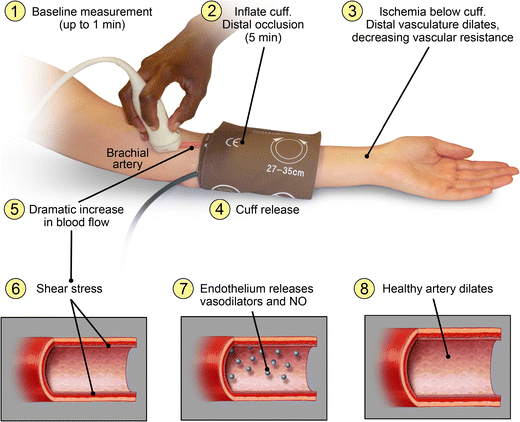If the endothelial dysfunction is influenced by activity levels, it could be influenced by how the patients got to the lab, how long they waited at the lab, what they did in days prior++. A "mild" patient could have exerted themselves more before testing, maybe took the bus or lightning rail to get to the lab, while a more severe patient was driven to the front door.Interesting findings but it was rather disappointing that the abnormalities did not correlate well with disease severity measures. This make it hard to argue that these abnormalities are part of the core pathology of ME/CFS.
Too much we don't know.

